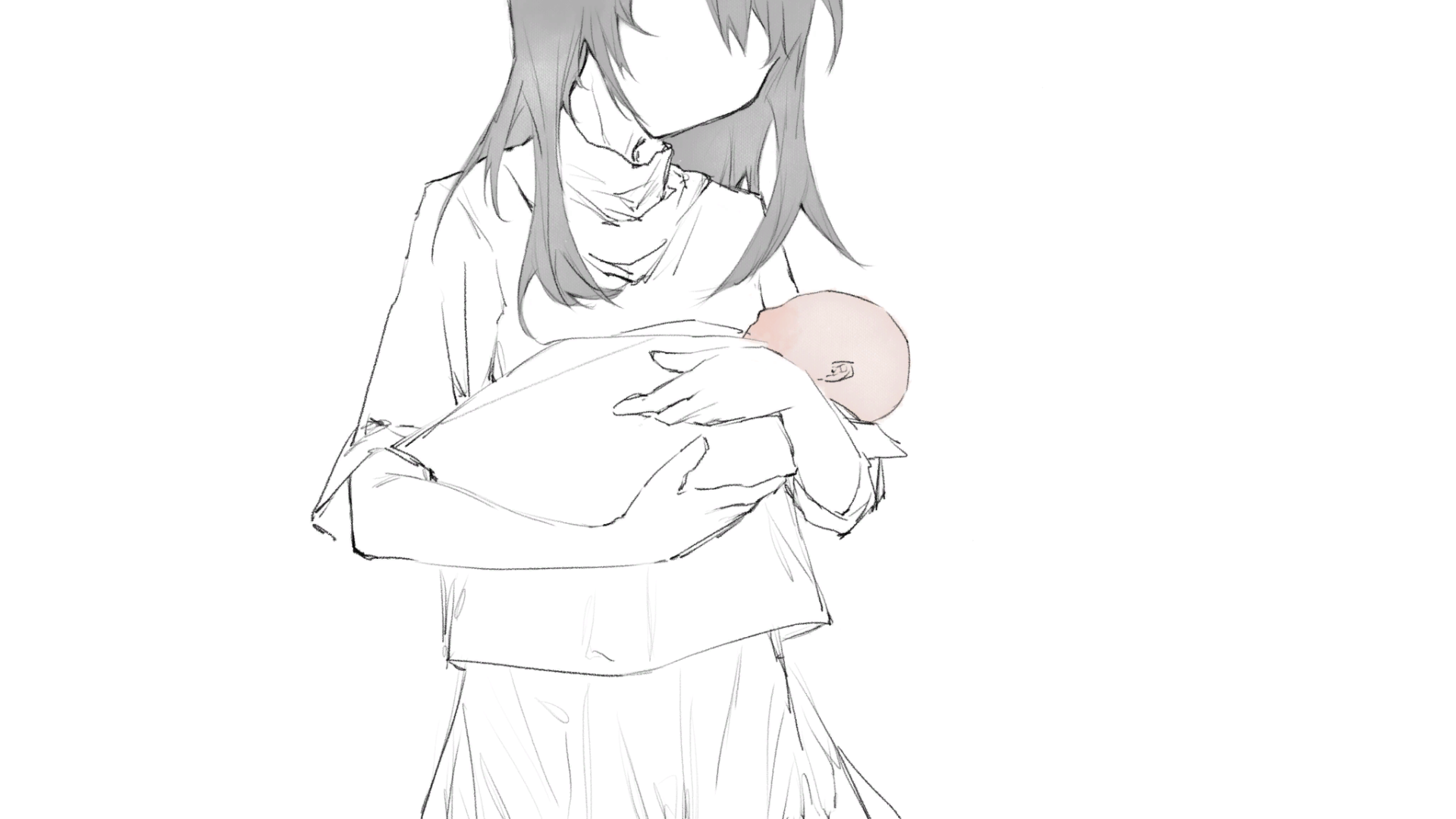「Revive」UE GameJam 2022
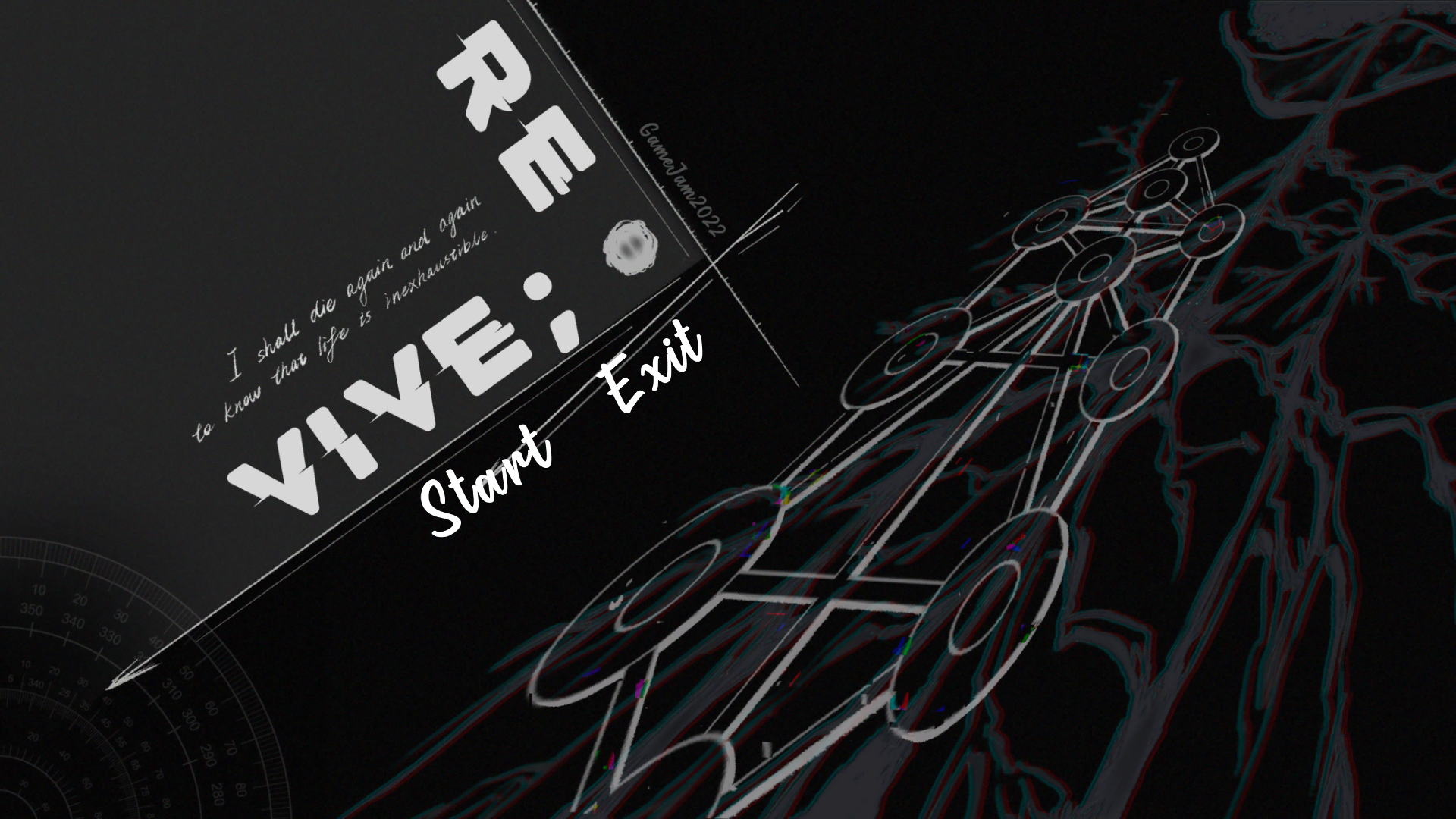
Gameplay Video: https://www.bilibili.com/video/BV1p44y1Q7tY/
I served as a programmer and designer on this project, responsible for designing and implementing level2 using the Unity engine.
Team Members
Team: Xinfadi Agricultural Wholesale Market:
- Programmers: Li Jianhao, Wu Zehua
- Artist: Cheng Ke
- Music: Zhao Yongwei
- Writer: Sun Shijia
Game Theme
“I shall die again and again to know that life is inexhaustible.”
——Rabindranath Tagore, “Stray Birds”
As humans, our lives are finite. However, the genes within us are passed on continuously through reproduction. “The gene is the fundamental unit of heredity and also the fundamental unit of natural selection.” In his book The Selfish Gene, Richard Dawkins points out that genes are inherently selfish. They control the various behaviors of organisms for the sole purpose of replicating themselves more numerous and faster, achieving their own continuation.
Take a mother’s ten-month pregnancy as an example. The relationship between mother and child is not one of peaceful coexistence, but of constant struggle. The mother’s body reproduces to perpetuate her own genes, but as the fetus grows, it constantly absorbs and even plunders nutrients, ensuring its own survival and growth without regard for the mother’s well-being. Meanwhile, to prevent its own demise, the mother’s body remains vigilant, reserving the right to reject the fetus. If the fetus draws too many nutrients or shows unhealthy signs, the body may immediately cease supply and expel it.
Genes are always selfish; the fetus’s genes, driven unconsciously by the goal of survival, harm the mother. Yet, after growing up and becoming a mother herself, she is harmed in turn. Witnessing death, then accepting one’s own death; being a continuation, then continuing the cycle—this repeated inheritance of life is Revive. It is through constant death that one understands the inexhaustibility of life.
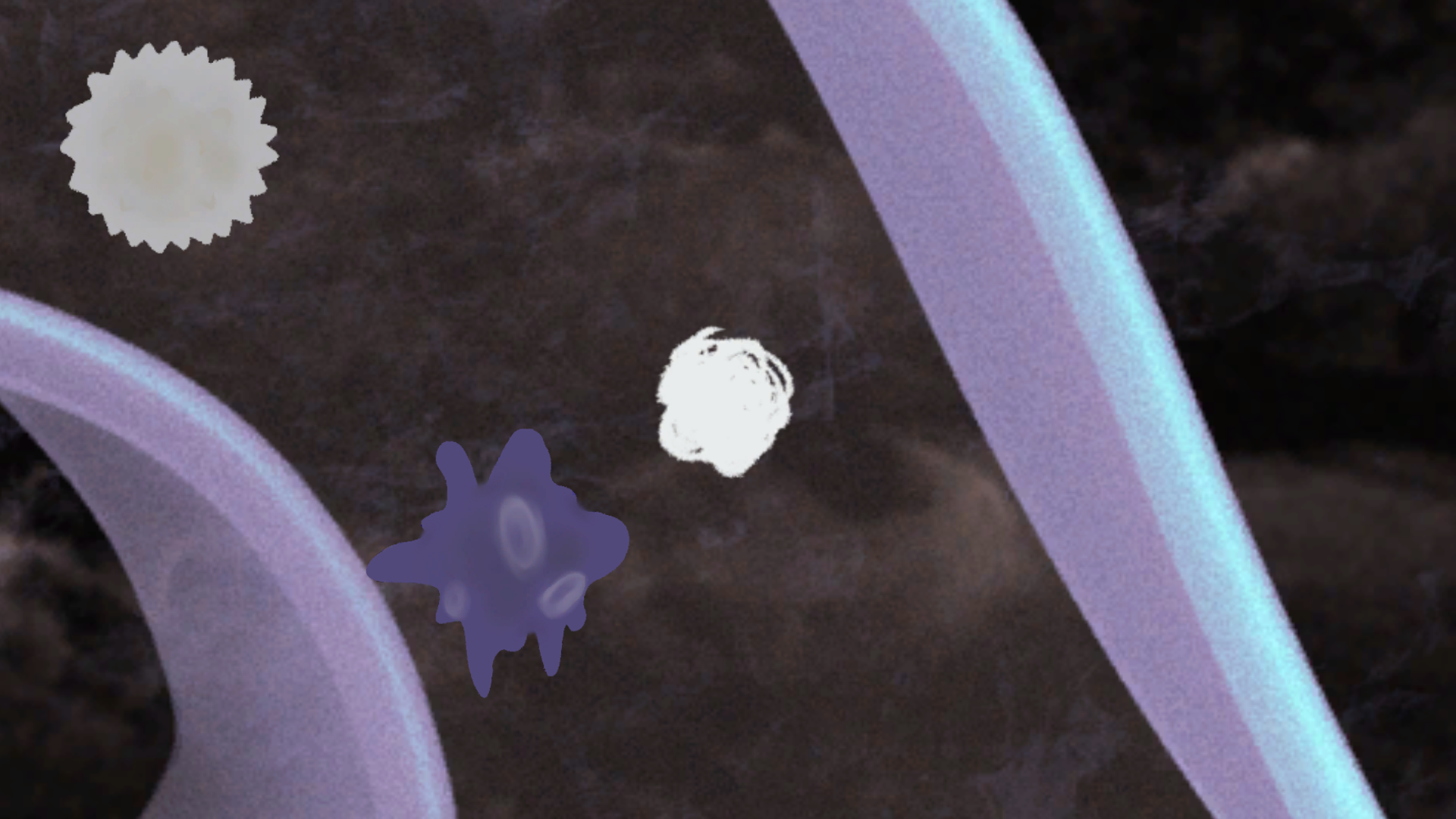
Gameplay
The game consists of three levels, primarily controlled using the WASD keys. Players control a sphere that continuously grows throughout the game, symbolizing the development of life from sperm to zygote to embryo, and finally to the birth of an infant. The process of completing the levels represents the fetus’s struggle against and harm to the mother’s body, culminating in birth and separation. The game presents an abstract aesthetic, avoiding direct representation of concrete elements. The true nature of the game is only revealed upon completing all three levels.
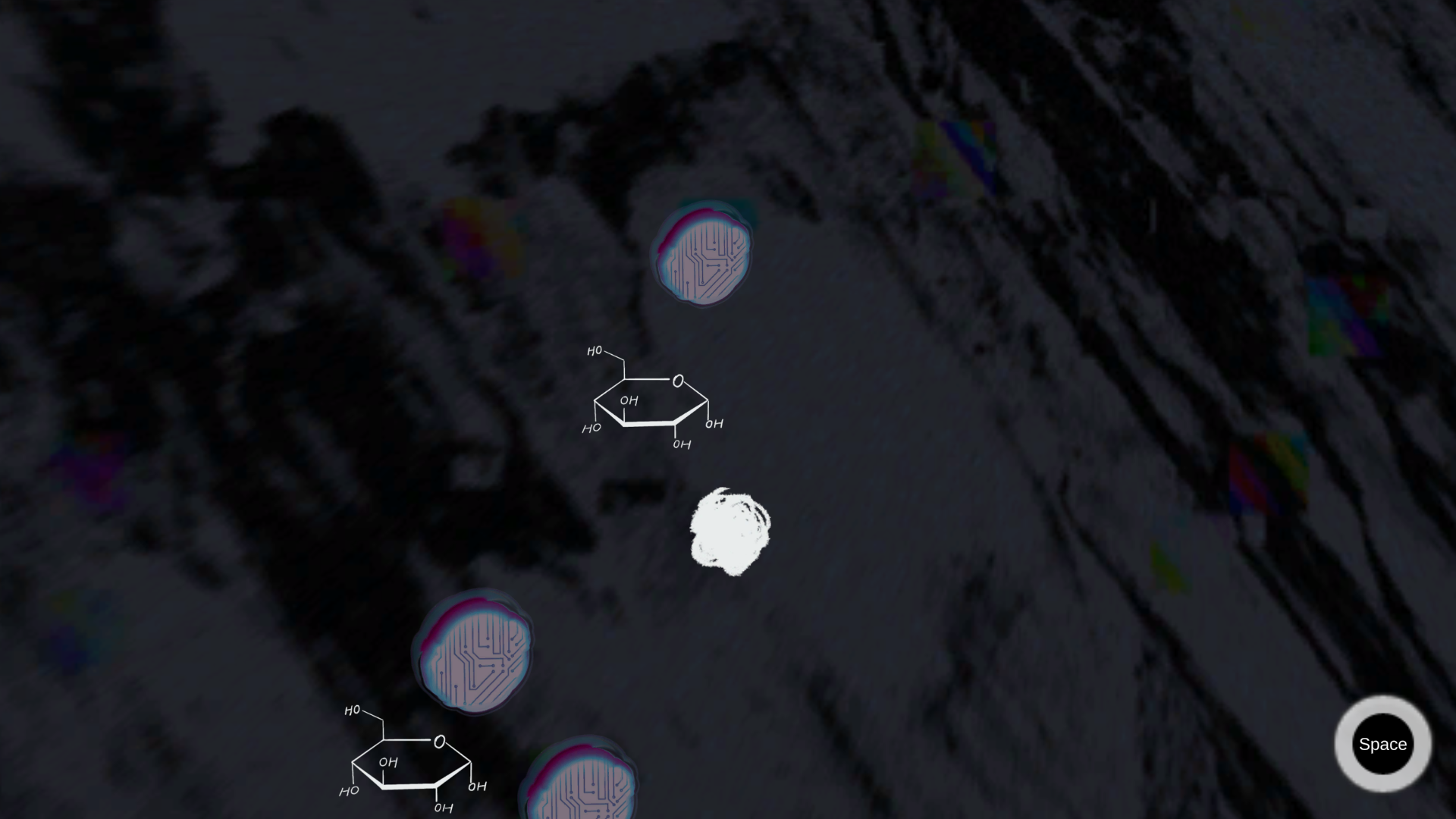
Level Design
(1) Level 1: Simulates the formation of a zygote. Players control a sphere representing a sperm, navigating through a map resembling a fallopian tube to reach and fertilize an egg. Obstacles include: purple mucus, which represents cervical mucus and slows the player down; and white crystals that track the player within a certain range. If caught, the player is consumed, and the level restarts. The player must evade these dangers to reach the end and complete fertilization.
(2) Level 2: Simulates the zygote drawing nutrients from the mother. The player controls the sphere to consume surrounding nutrients to grow larger, while temporarily avoiding those that are difficult to consume. The spacebar can be used for a short burst of speed, but requires time to recharge. Whenever nutrients are consumed, blood vessels appear, signifying the harm inflicted on the mother as she provides nourishment. The binary design of the map represents the origins of computer language, reflecting the dawn of our technological era and echoing the beginning of life, connecting the virtual and the real. Once the sphere grows to a certain size, it automatically proceeds to the next level.
(3) Level 3: Simulates the fetus sending hormones back to the mother to extract more energy. This is a rhythm-based level controlled with the A and D keys. When a white sphere reaches the judgment line, the player must press D; for a red sphere, they press A. Each successful hit in a combo adds a point, while a miss subtracts one. Upon reaching a certain score, the background changes: the roots of a tree grow longer and more numerous, the falling speed of the spheres increases, and a bleeding sound effect is heard. This symbolizes the blood vessels taking root and the resulting increase in the mother’s heart rate. Completing this hormonal transfer finishes the game, heralding the birth of the baby.
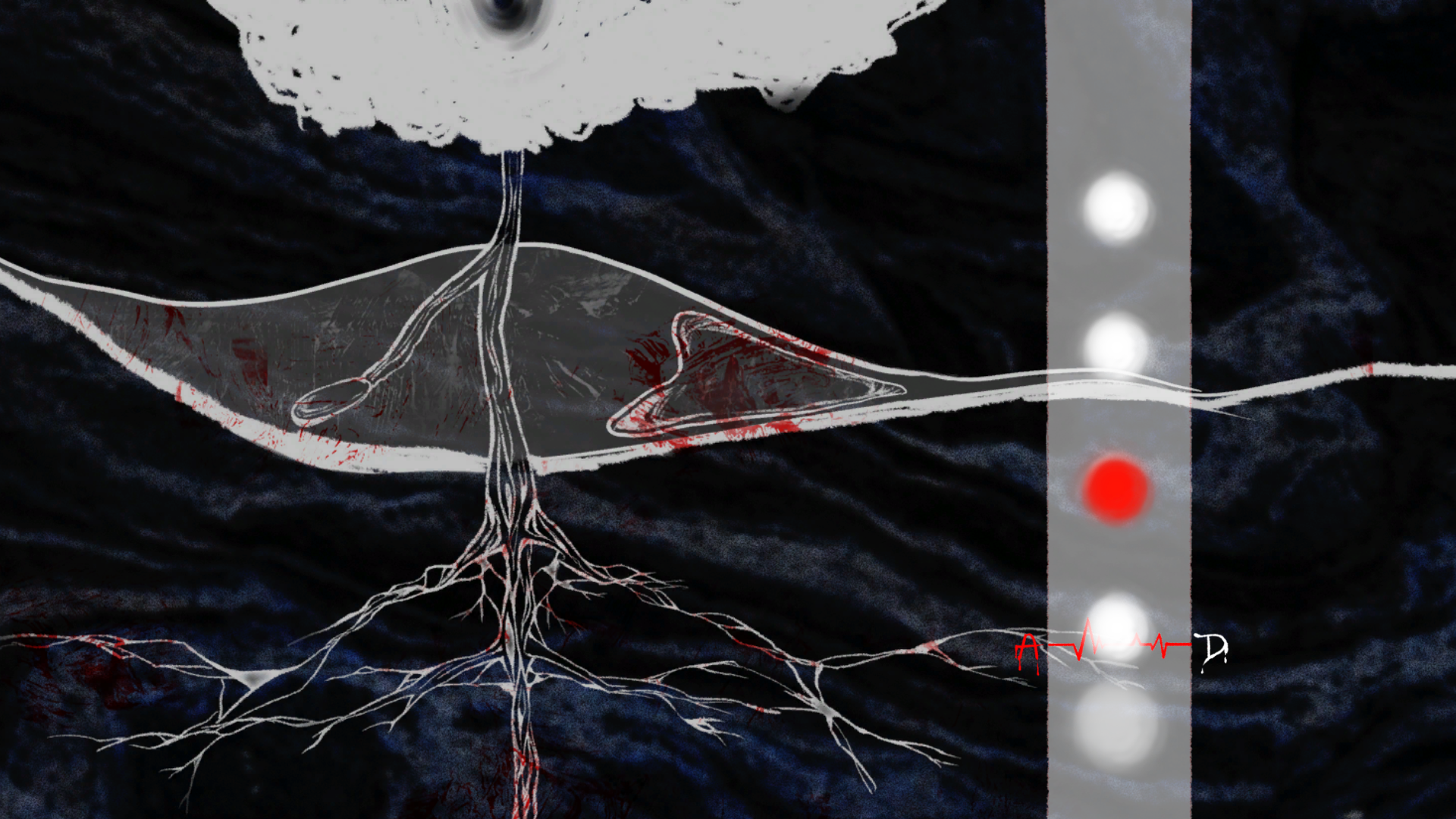
Art Style
The overall art style is predominantly black and white, interspersed with low-saturation hues like red and blue to reflect the cruelty of the truth. The backgrounds are based on the mother’s reproductive organs, but are artistically stylized and not fully representational to maintain a sense of mystery. The use of a sphere for the protagonist symbolizes the continuous perpetuation of genes and the endless cycle of destiny.
Music Style
The background music is a solo piano performance, creating a sorrowful and tranquil atmosphere that allows players to feel the cruelty of life and the selfishness of genes. This strongly complements the game’s theme and enhances its narrative quality.
Creative Concept
The primary inspiration was the book The Selfish Gene. During the game design process, the mechanics were based on the formation and development of an embryo, emphasizing the harm it causes to the mother during its growth. In production, the map for the first level was based on the fallopian tube, but was distorted and abstracted to match the game’s atmosphere. The play area in the second level simulates the uterine environment, with nutrients designed to resemble glucose, essential for the human body. In the third level, the growing fetus is represented as the crown of a tree, with the inverse Kabbalah Tree of Life symbolizing the reverse-flow of hormones, sent without regard for the mother’s safety. The red notes symbolize bleeding, while the white notes represent the hope of life’s continuation, highlighting the conflict between the mother’s suffering and the perpetuation of genes. When the embryo sends these hormones, the mother’s bleeding increases, which is why a bleeding sound effect is used. Her heart rate also accelerates, which is why the judgment line is an electrocardiogram (ECG) wave.
